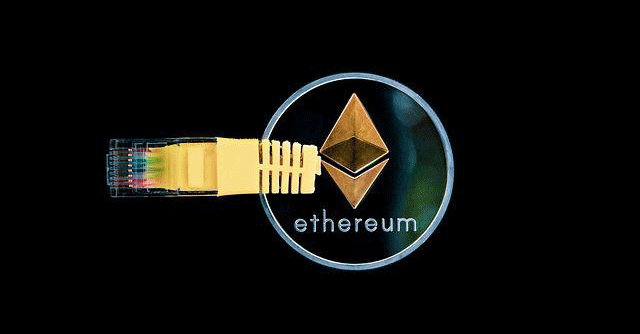
What is the Ethereum Merge


On September 15, the world’s second largest blockchain network made a long-awaited change to how it works. The Merge an update to the Ethereum blockchain, which has been in the works for six years, and it’s driving trading prices upwards.
What is the Merge?
The Merge is an upgrade to the way transactions are validated on the Ethereum blockchain. It moves the network from the proof-of-work (PoW) system to the proof-of-stake (PoS) system, which is designed to be more environmentally sustainable and faster. According to the Ethereum Foundation, a non-profit that supports the platform, the Merge will reduce the overall energy consumption of the Ethereum network by 99.95%. Cryptocurrencies and blockchains have a short history so far, but in that history, the Merge has become one of the most widely publicised and awaited events. It has been in the works for six-years and September 15 marked the end of that build-up.

What are PoS and PoW?
PoS and PoW are consensus mechanisms through which transactions on blockchains are validated. PoS consumes more energy since it allows all miners on a network to try and validate a transaction. As a result, more computers attack a transaction and hence consume more energy, which comes primarily from fossil fuels. PoS, on the other hand, limits this by requiring valiators to put up a stake (32ETH in this case) before they can take a shot at transactions. Only the ones with the highest stakes are allowed to validate transactions.
Are there downsides to the Merge?

At the time of writing, 32ETH was worth ₹4051276.41. The key concern is that the Merge will hand over control of the network to rich entities, since they will be able to stake the most ETH. For instance, three of the largest crypto exchanges — Coinbase, Kraken and Binance — are own 30% of the total stake at the moment.
Read the full explainer on Mint.
